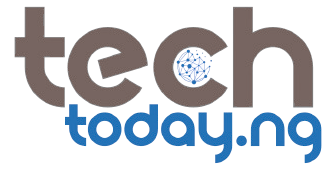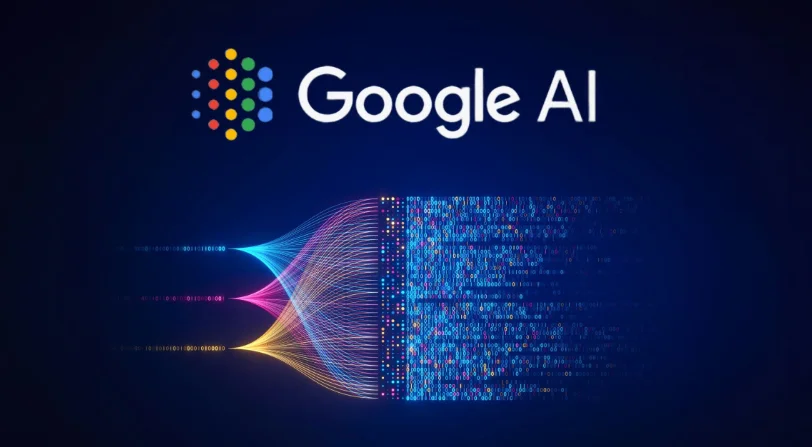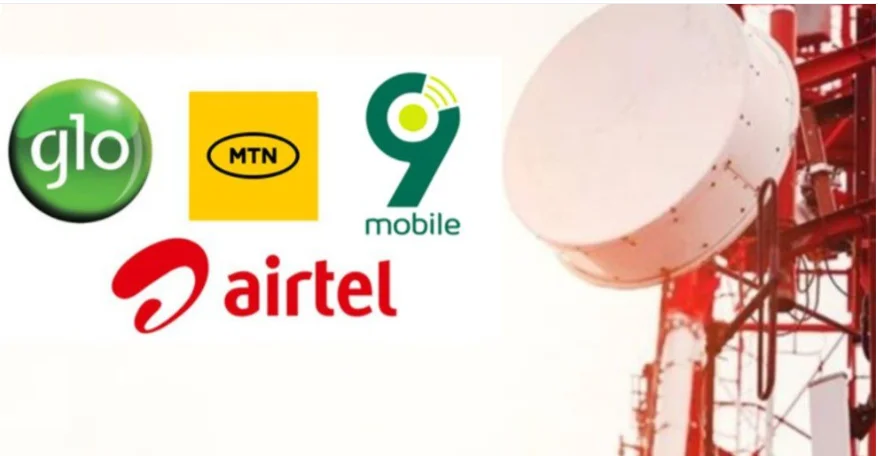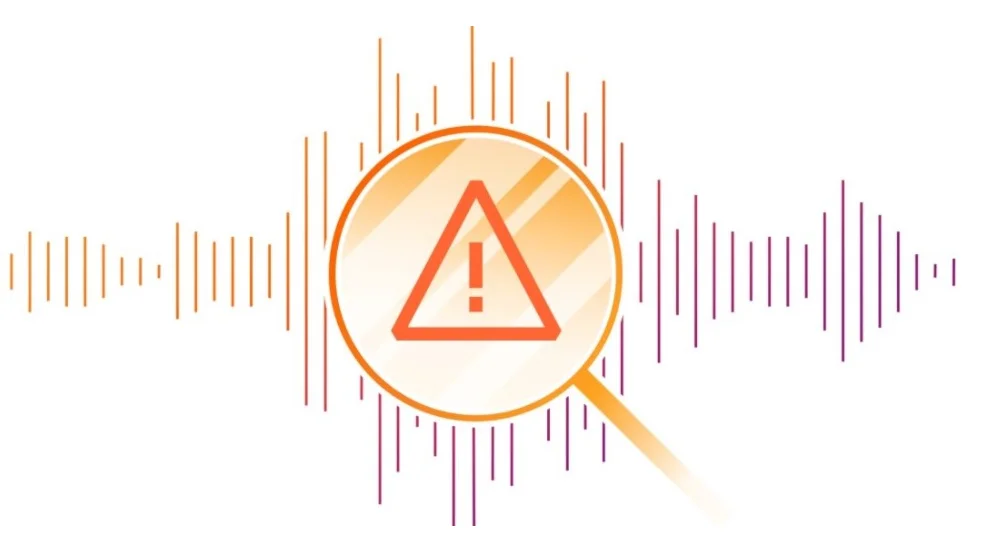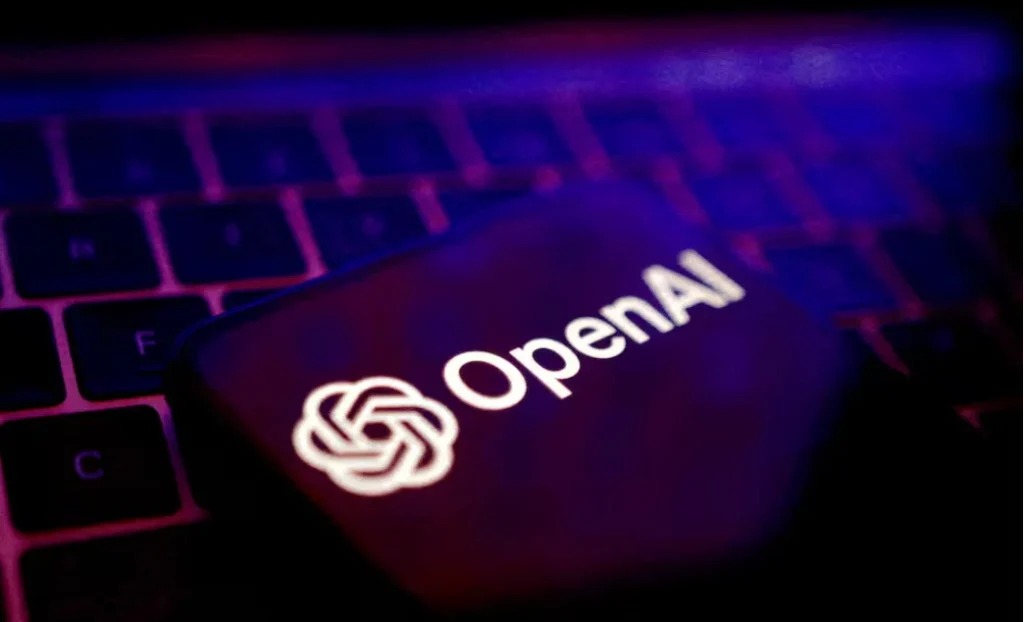Google has officially rolled out its AI Plus plan to more than 40 countries, making advanced AI features more affordable in emerging markets. Priced at around $5 per month, the plan is aimed at users who found Google’s standard $20 AI subscription out of reach.
The move highlights Google’s strategy to democratize access to generative AI, while also countering OpenAI’s recently launched ChatGPT Go plan.
Google’s AI Plus Plan: What It Offers
Subscribers to the AI Plus plan get access to:
- Gemini 2.5 Pro – Google’s most advanced AI model.
- Creative AI tools – including Flow, Whisk, and Veo 3 Fast for image and video generation.
- NotebookLM upgrades – unlocking more research capabilities.
- AI inside Gmail, Docs, and Sheets – boosting productivity.
- 200GB of cloud storage – bundled as part of the plan.
This makes Google’s AI Plus package more than just a chatbot—it’s an ecosystem of productivity, creativity, and storage tools.
Pricing and Availability
- Standard price: ~$5 per month in most regions.
- Introductory offer: 50% discount for six months in countries like Nepal and Mexico.
- Countries included: Angola, Bangladesh, Cameroon, Côte d’Ivoire, Egypt, Ghana, Indonesia, Kenya, Mexico, Nepal, Nigeria, Philippines, Senegal, Uganda, Vietnam, and Zimbabwe, among others across Africa, Asia, and Latin America.
One notable omission is India, despite being one of the largest growth markets for generative AI. Analysts suggest regulatory and infrastructure challenges may explain Google’s delay there.
Google vs. OpenAI: Two Strategies
This rollout comes just a day after OpenAI expanded ChatGPT Go—its sub-$5 plan—to Indonesia. While both companies still offer $20 premium tiers, their approaches diverge:
- Google’s Bundling Strategy
Google is embedding AI across its ecosystem: Gmail, Docs, Sheets, cloud storage, and creative tools. This creates a stickier experience, making it harder for users to switch. - OpenAI’s Pure AI Strategy
OpenAI focuses on ChatGPT as a conversational and reasoning assistant, relying on Microsoft for distribution and ecosystem integration. The model allows rapid AI innovation but lacks built-in tools like storage or productivity apps.
Why Emerging Markets Are Key
Both companies are racing to capture price-sensitive emerging markets—home to hundreds of millions of potential subscribers.
This mirrors the smartphone battles of the 2010s, where affordability in regions like Africa, Asia, and Latin America shaped global market leaders.
- Google’s integration strategy may give it the edge in regions where Gmail and Docs are already dominant.
- OpenAI, meanwhile, must convince users that ChatGPT’s standalone capabilities justify the subscription.
Final Thoughts
The rollout of Google’s $5 AI Plus plan is a major step in making AI accessible beyond wealthier markets. With Gemini 2.5 Pro, creative tools, and cloud storage bundled together, Google is positioning itself as the all-in-one AI ecosystem.
OpenAI’s ChatGPT Go, however, shows that the battle for AI dominance will be fought not just in Silicon Valley—but in Lagos, Jakarta, Nairobi, and Mexico City.
Who wins in these markets may ultimately decide the future of everyday AI adoption worldwide.
